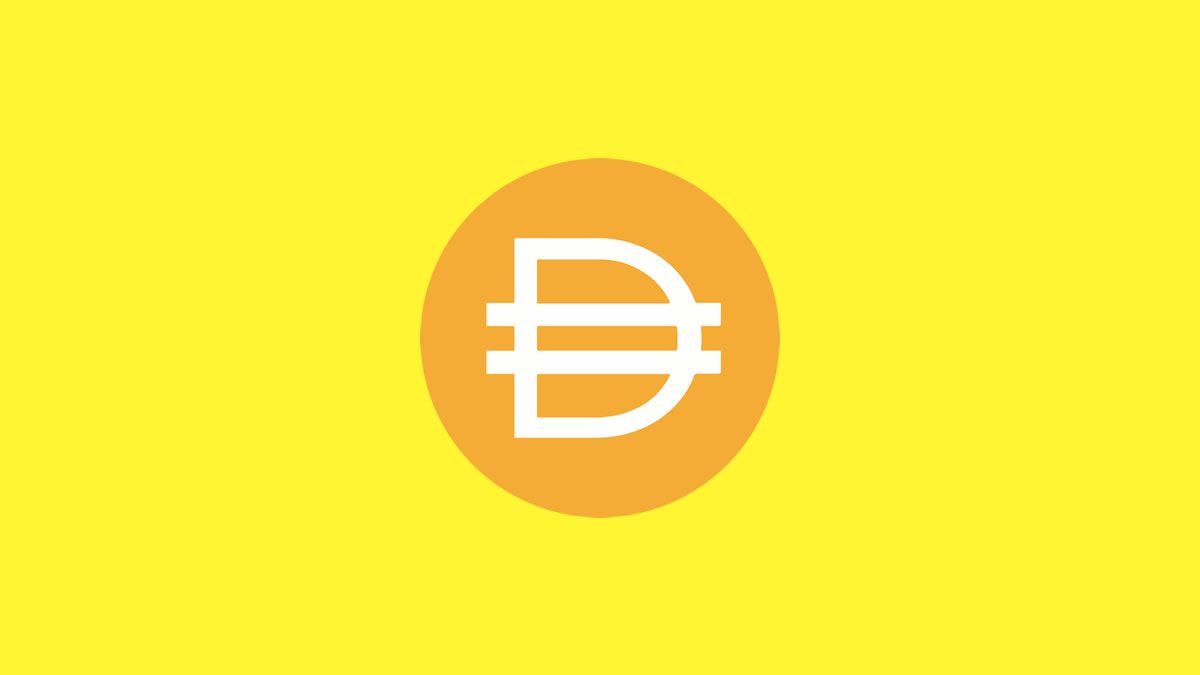
DAI
What is DAI?
In the dynamic and often volatile world of cryptocurrencies, stability is a rare and highly sought-after commodity. This is where stablecoins come into play, digital currencies designed to maintain a stable value relative to a reference asset, most commonly the US dollar. Among the plethora of stablecoins, DAI stands out as a truly decentralized option, playing a pivotal role in the burgeoning ecosystem of Decentralized Finance (DeFi). Unlike many other stablecoins that rely on centralized entities holding fiat currency as collateral, DAI operates through a system of smart contracts on the Ethereum blockchain, making it transparent, permissionless, and censorship-resistant.
How it Works:
DAI achieves its stability through a mechanism called collateralized debt positions (CDPs), now known as Vaults. Users can lock up various cryptocurrencies, such as Ethereum (ETH), Wrapped Bitcoin (WBTC), and other approved assets, into these Vaults as collateral. In return, they can generate DAI, with the amount of DAI they can borrow being a fraction of the collateral’s value. This over-collateralization is a key feature that ensures DAI maintains its peg to the US dollar, even if the value of the collateral fluctuates. For instance, if a user deposits $1,500 worth of ETH, they might be able to borrow around 1000 DAI. This surplus collateral acts as a buffer against price drops.
Brief History:
The concept of DAI originated within the MakerDAO project, an open-source decentralized autonomous organization (DAO) built on the Ethereum blockchain. The whitepaper for MakerDAO was first published in 2015 by Rune Christensen, outlining a vision for a decentralized credit system. This foundational work laid the groundwork for the creation of DAI.
DAI officially launched in December 2017. This marked a significant milestone in the DeFi space, providing the first widely adopted, truly decentralized stablecoin. Initially, DAI was backed only by Ether (ETH). This version is now referred to as Single-Collateral DAI (SAI). While groundbreaking, relying on a single volatile asset as collateral presented certain risks.
Recognizing the need for greater stability and scalability, MakerDAO underwent a major upgrade in November 2019, launching Multi-Collateral DAI (MCD). This upgrade allowed users to collateralize their DAI with a wider range of crypto assets beyond just Ether. This diversification of collateral significantly strengthened the stability and resilience of the DAI ecosystem. The transition to MCD was a pivotal moment, reflecting the community’s commitment to continuous improvement and risk mitigation within the decentralized framework. As of March 2025, the total market capitalization of DAI stands at approximately $3.17 billion, ranking it among the top stablecoins in the cryptocurrency market. This growth underscores its increasing adoption and importance within the DeFi landscape.
Distinctive Features:
One of the most distinctive features of DAI is its decentralized nature. Unlike centralized stablecoins where the issuer holds the underlying assets, DAI’s collateral is held in smart contracts on the blockchain, making it transparent and verifiable by anyone. This eliminates the need to trust a central authority, a core principle of DeFi.
Another key feature is over-collateralization. As mentioned earlier, users need to deposit more value in collateral than the amount of DAI they wish to generate. This acts as a safety mechanism, protecting the system from price fluctuations in the underlying collateral. For example, data from DeFi Llama shows that the total value locked (TVL) in MakerDAO, the protocol behind DAI, is currently around $2.45 billion, significantly higher than DAI’s market capitalization, illustrating the over-collateralization in effect.
Governance:
DAI is governed by the MakerDAO community through the use of its governance token, MKR. MKR holders have the power to vote on crucial parameters of the DAI system, such as the types of collateral that can be accepted, the collateralization ratios, and the stability fees (interest rates) charged on borrowed DAI. This decentralized governance model ensures that the DAI system evolves according to the collective will of its stakeholders, rather than being controlled by a single entity. This governance process is transparent and occurs on-chain, further reinforcing the decentralized nature of DAI.
Fact Sheet:
| Information | Details |
| Project Smart contract | Available on Ethereum blockchain (specific contract addresses vary and can be found on Etherscan) |
| Official Website | Likely MakerDAO |
| Audits | Regularly audited (e.g., by companies like BlockApps), details often available on MakerDAO website |
| Market Cap | Approximately $3.17 billion (as of March 14, 2025, according to CoinGecko) |
| ICO date | While MakerDAO had fundraising events in 2017, DAI itself was launched in December 2017. |
| Documentation, Whitepaper | MakerDAO Whitepaper |
| Social Accounts | MakerDAO Twitter, other platforms likely exist (refer to official website) |
In Conclusion:
DAI has emerged as a cornerstone of the DeFi ecosystem, providing a decentralized and stable medium of exchange and a crucial building block for various decentralized applications. Its reliance on over-collateralization and decentralized governance sets it apart from many other stablecoins, offering users a higher degree of transparency and trust. As the DeFi space continues to expand, DAI’s role as a stable and decentralized currency is likely to become even more significant, empowering individuals and applications with a reliable unit of account in the world of decentralized finance.
Latest Content
- Unlock Bitcoin Yields: Earn Up to 0.23% APR with Babylon Labs Staking
- Bitcoin Tops $111K, European Stocks Rise as Trump-Xi Meeting Confirmed Amid Trade Tensions
- Senate Democrats Reaffirm Commitment to Crypto Market Bill
- BlockDAG Nears $600M Goal as DOGE Targets $0.30 and HBAR Builds Momentum Toward $1 Breakout
- Beluga and Veera join hands to Power Next-Generation Crypto Experiences
Related articles
- Aave GHO Stablecoin Aave GHO Stablecoin: A New Decentralized Stablecoin from the Aave Protocol....
- MakerDAO Embraces Real-World Assets MakerDAO Adopts Real-World Assets to Diversify Revenue Streams....
- sDAI Pool on Aave Aave Launches sDAI Pool As MakerDAO Weighs Reducing Yields....
- DeFi Yield Spotlight: Unlocking Potential with Morpho and Spark DAI Vault Morpho Boosts Yield with Spark DAI (8.30% APY)....

